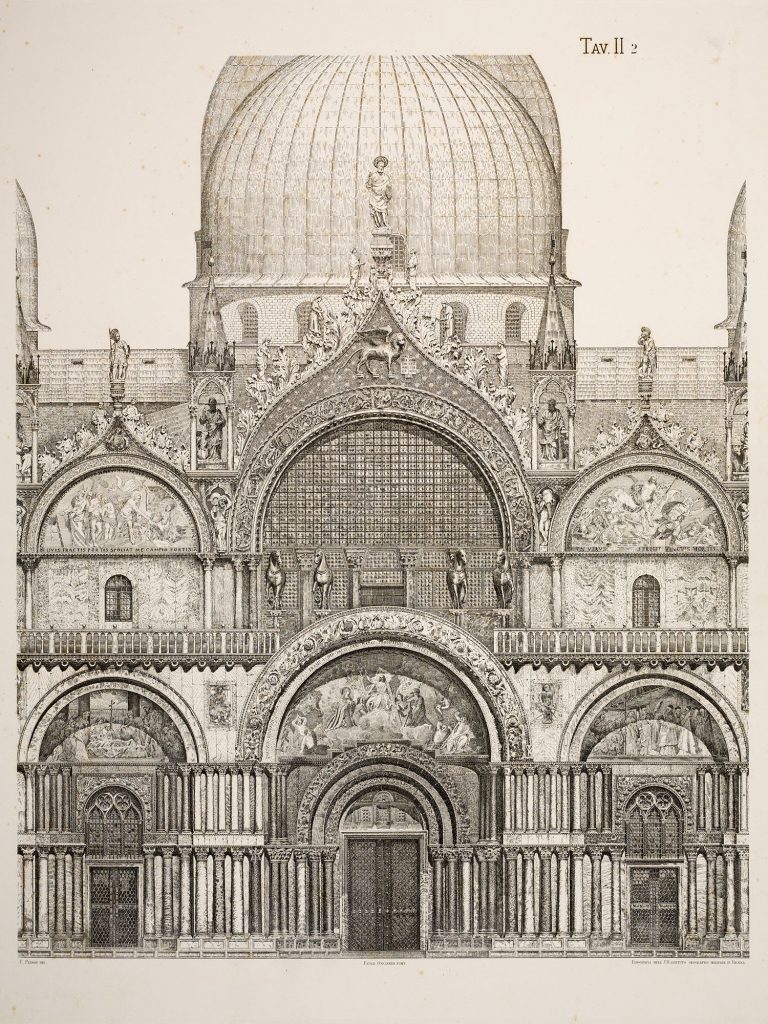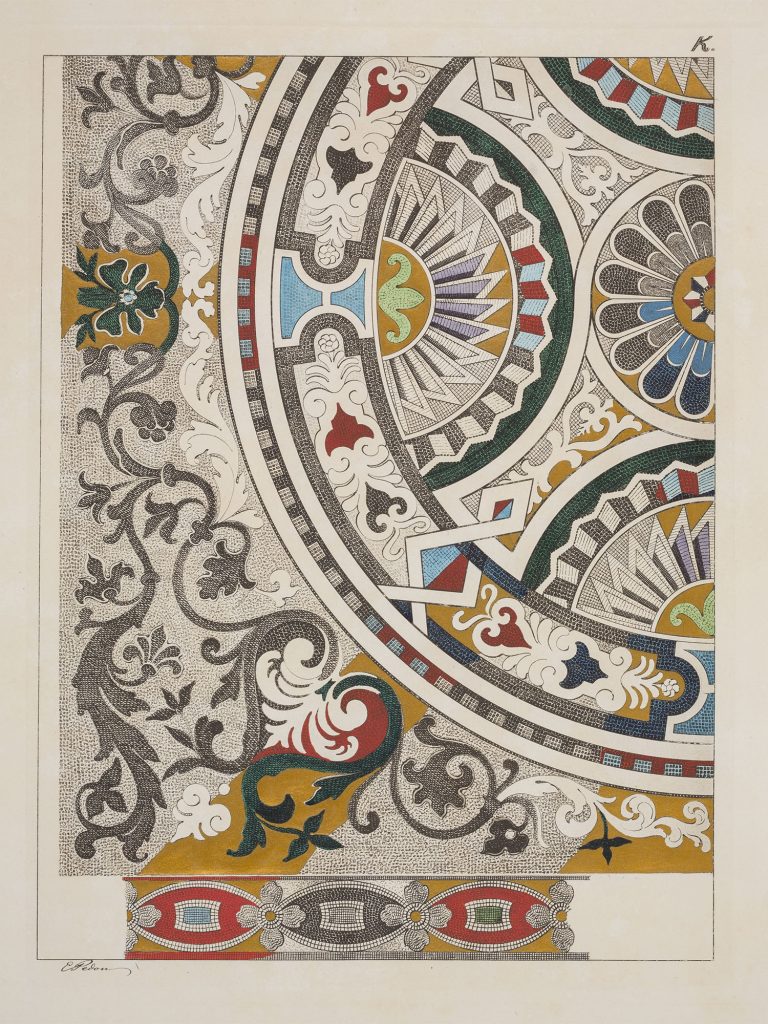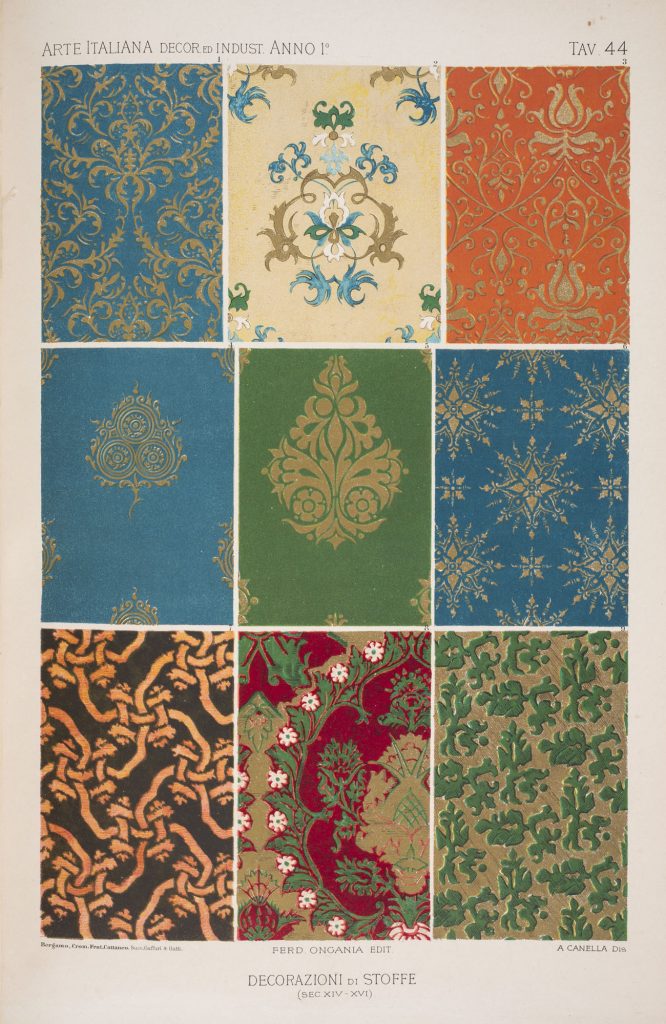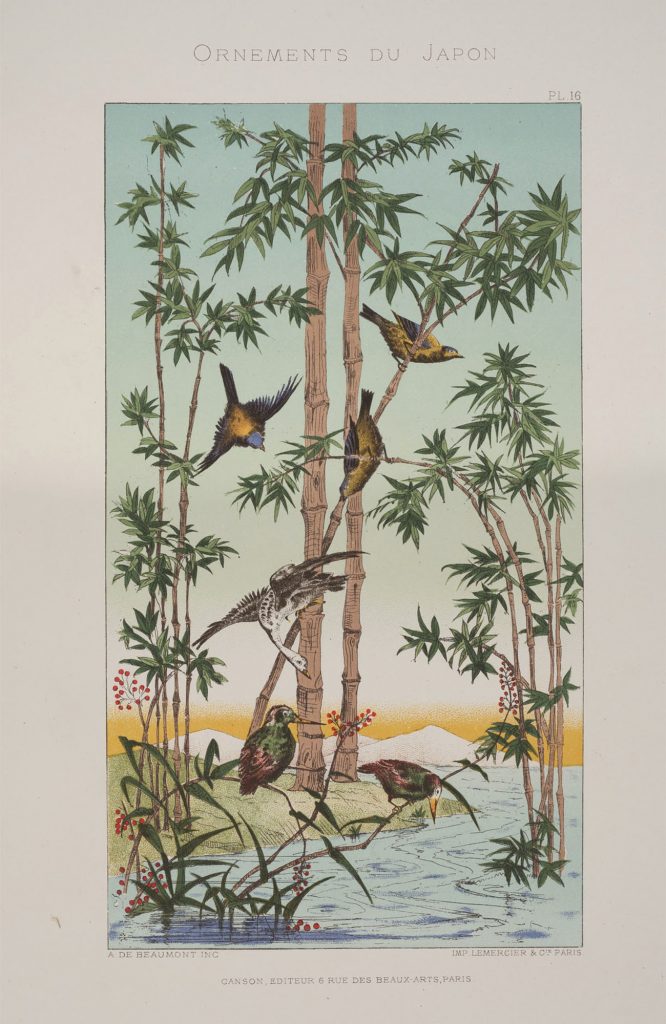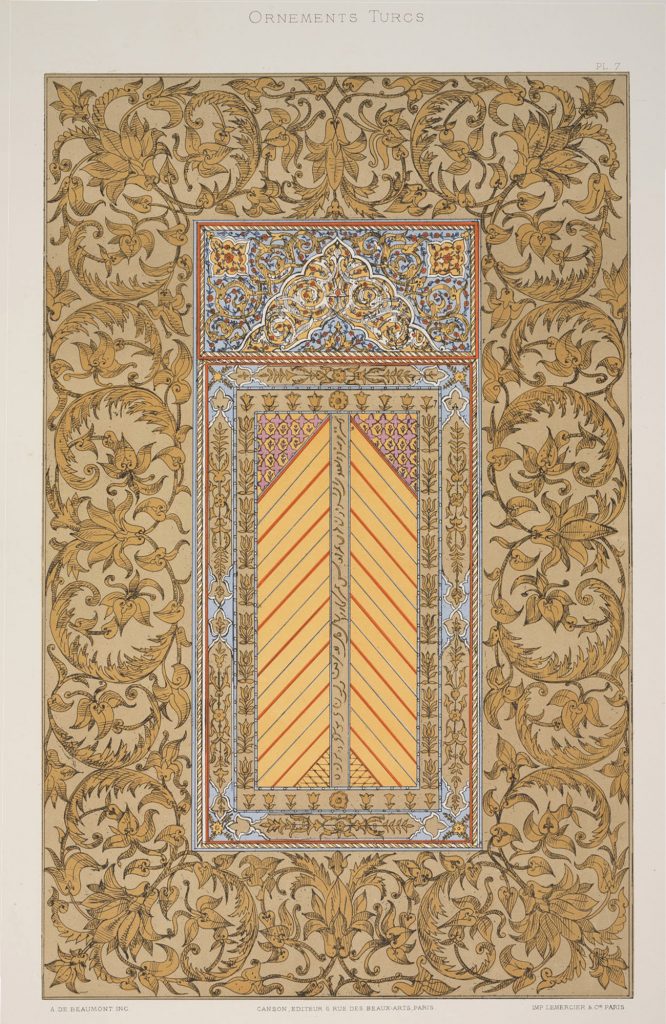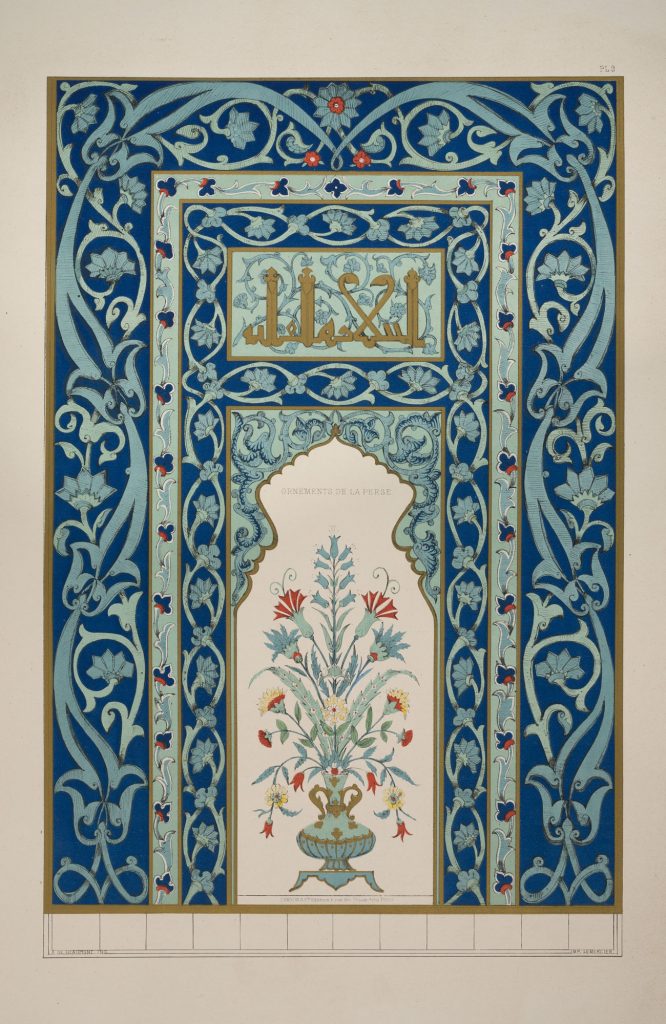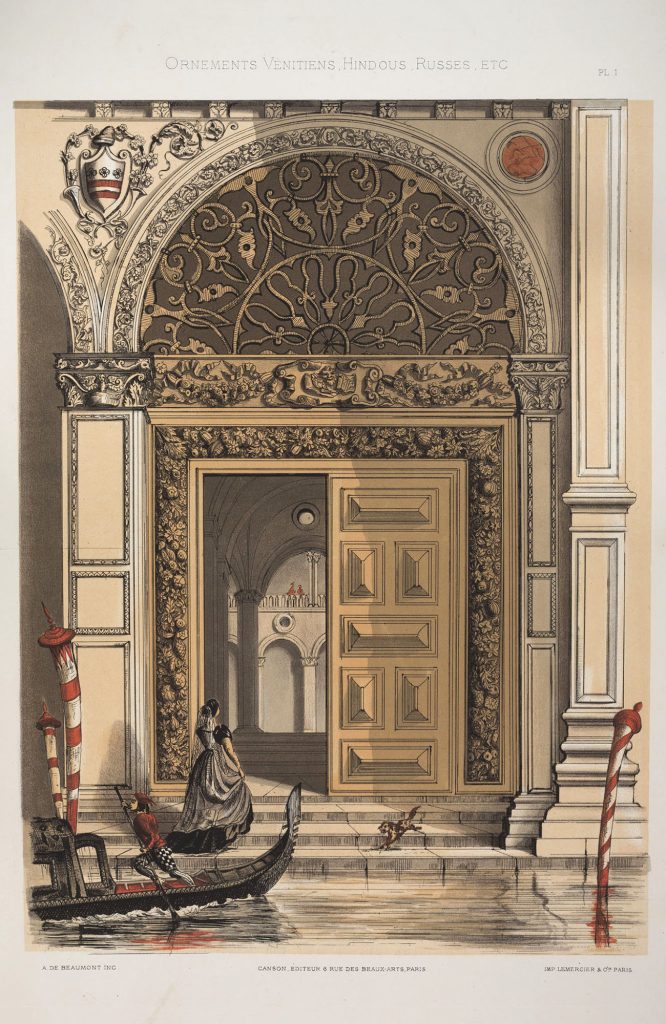Yolanda Ruiz
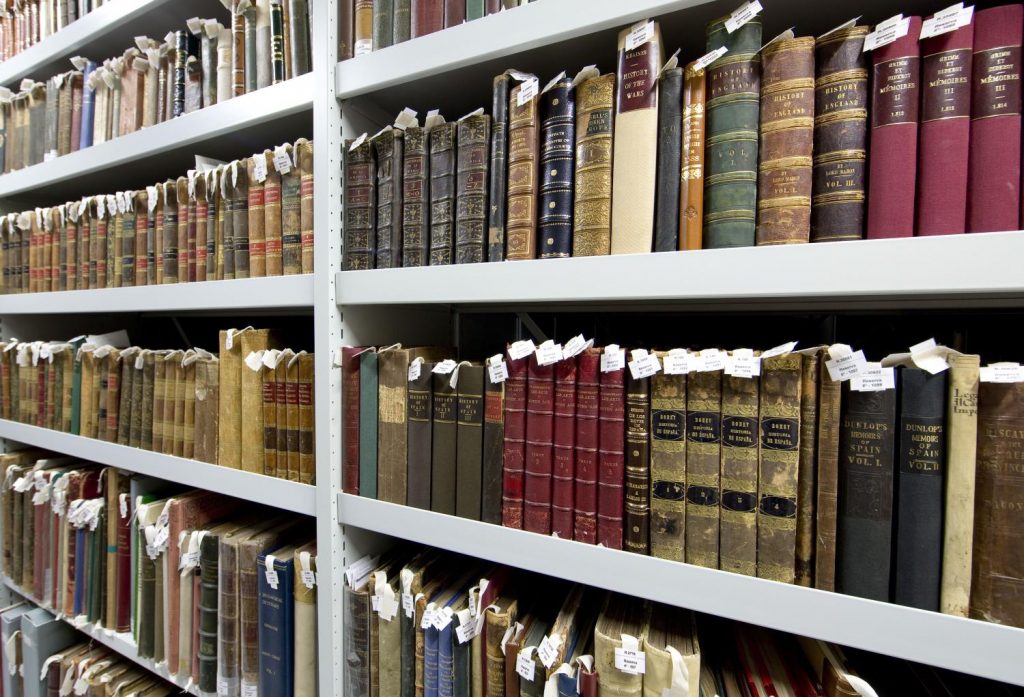
The past of the Library of the Museu Nacional d’Art de Catalunya is centennial and has always been linked to the city’s museums. For a long period it was of municipal titleholdership until 1990, with the enactment of the law of museums, Llei 17/1990, of 2nd November, when it was integrated into the organisation chart of the museum.
It is a centre of reference in terms of Catalan art research. Its collection is made up of more than 150,000 volumes, magazines and other diverse documents about art, history, archeology, museology, conservation, restoration, photography and numismatics.
The initial collection, that can be found in the Library of the Museum of Artistic Reproductions, was formed by means of the acquisition of books carried out by Salvador Sanpere i Miquel in 1890. For Catalan art historians, the role that Sanpere played in the formation of the collection of the Museum of Artistic Reproductions is well known, which was inaugurated in the central nave of the Palau de la Indústria of Barcelona, the main building of the Universal Exposition of 1888, which was located in the Ciutadella Park and which no longer exists.
The Museum of Artistic Reproductions and its library
On the day of the inauguration of the Museum, on 29th June 1891, its director, Josep-Lluís Pellicer, gave a speech in which he qualified the library as an essential element.
The formation of the Graphic Library of the Museum of Artistic Reproductions was not by chance, but it was planned within the creation process of the museum and of the pedagogical goal to which it responded. The aim was to gather together a collection of images, based on postcards, photographs, prints and book illustrations, so as to exemplify the horizon of the museum.
For this reason, Salvador Sanpere, who had been commissioned by Barcelona City Council to travel around Europe with the mission of acquiring objects that would constitute the collection of the museum, took advantage, despite the lack of budget available to him, to establish contacts with two publishers. On the one hand, Ferdinando Ongania from Venice, and on the other hand, Karl W. Hiersemann from Leipzig, from whom he acquired various books for an amount higher than 16,000 pesetas, 10% of the total budget of the museum.
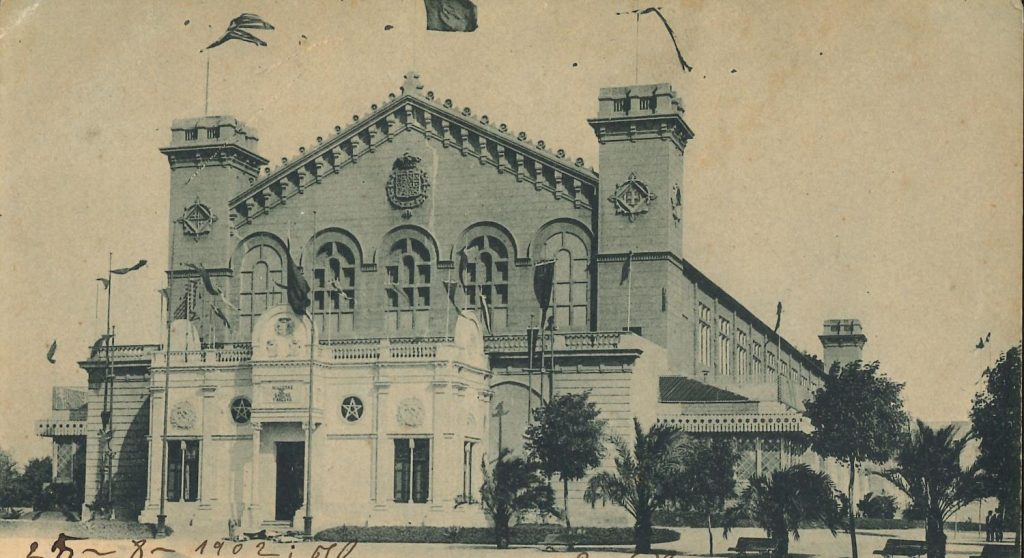
Works acquired from Ferdinando Ongania
Salvador Sanpere made a purchase of books to the value of 5,094 pesetas from Ferdinando Ongania, a publisher specialized in publications related to Venice, who was a pioneer in the application of photographic techniques in the illustration of art books.
The emblematic and monumental work of Ferdinando Ongania, and one which was acquired by Salvador Sanpere, was La Basilica di san Marco in Venezia illustrata nella storia e nell’arte da scrittori veneziani, a numbered edition of 500 copies, with an illustrative device that included an impressive collection of heliotypes, chromolithographs, heliographs and engravings accompanied by texts signed by famous scholars of the time: Ferdinando Apollonio, Camillo Boito, Raffaele Cattaneo, Pompeo Gherardo Molmenti and Antonio Pasini, amongst others.
La Basilica di san Marco in Venezia illustrata nella storia e nell’arte da scrittori veneziani which include various image reproduction techniques (heliography and chromolithography respectively)
The publishing production of Ongania also counts on more than one hundred titles with high quality illustrations. Salvador Sanpere purchased some with reproductions of original drawings by Italian artists that, in his own words, were «worthy of exhibition as they could even be confused with the originals»: Raccolta di 120 principale disegni originali di Michelangelo, Raffaello, Leonardo da Vinci, Tiziano e d’altri celebri artisti… and Raccolta di riproduzione di sessanta disegni originali del più grandi artisti italiani: Michelangelo, Raffaello, Leonardo da Vinci, Tiziano, Paolo Veronese, ecc.
Another of the acquisitions that he made from the Venetian publisher were some volumes from the collection Raccolta di opere antiche sui disegni dei merletti di Venezia. They are facsimiles of Renaissance works with reproductions of Venetian points of major interest, both artistic as well as industrial, which for sure responded to the didactic aspect of the library.
He also took out a subscription for a year of the magazines Arte italiana decorativa e industriale and Portafoglio delle arti decorative in Italia. Another of the works that he purchased was Le Case ed i monumenti di Pompei disegnati e descritti by Fausto and Felice Niccolini that had been published in Naples to be issued between 1854 and 1896. Buildings, frescos, statues and everyday objects of the city of Pompeii are graphically documented, «faithfully reproduced by Nicolini in drawings and colours when these were required». This work has been conserved in the Library of the Archeological Museum since 1935.
Cover of the year 1890 of the magazine Arte decorativa italiana e industriale and a chromolithography appeared in the same publication
Works acquired from Karl W. Hiersemann
Karl W. Hiersemann was an international antiquarian bookseller, specializing in decorative and oriental arts, , architecture, numismatics and genealogy. The total cost of this purchase by Sanpere from this bookseller was 11,320.29 pesetas.
He acquired works published in Italian, French and German, mostly albums of pictures, which highlight the importance of illustrated books in the library’s beginnings.
Illustration of the work Ornements arabes of the collection Encyclopédie des arts décoratifs de l’Orient and illustration of the work Ornements du Japon from the same collection
Of this acquisition it is especially worth highlighting the Encyclopédie des arts décoratifs de l’Orient by Adalbert de Beaumont, Eugène Collinot and Victor Champier. There are 6 volumes of chromolithographs, published in Paris by Canson and with a limited edition of 500 copies, which provide a global vision of Oriental decorative arts.
Illustration of the work Ornements turcs of the collection Encyclopédie des arts décoratifs de l’Orient and illustration of Ornements de la Chine from the same collection
Illustration of the work Ornements de la Perse of the collection Encyclopédie des arts décoratifs de l’Orient and illustration of Ornements vénitiens, hindous, russes… from the same collection
This initial collection purchased by Salvador Sanpere can be consulted at the museum’s library. The collection has been enriched over time with various acquisitions, legacies and donations that have contributed to its growth. Some incorporations are of special interest and we will be explaining about them in forthcoming articles.
Related links
More than one hundred years of history
Museum Library: the collection in images
La Basilica di san Marco in Venezia illustrata nella storia e nell’arte da scrittori veneziani
Biblioteca

